Category Archive for "Report"
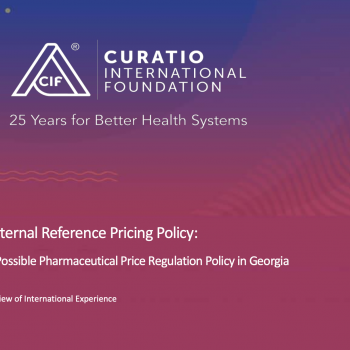
External Reference Pricing Policy: A Possible Pharmaceutical Price Regulation Policy in Georgia
დოკუმენტის მიზანია მედიკამენტების ფასების რეგულირების ერთერთი ფართოდ გავრცელებული მექანიზმის – გარე რეფერენტული ფასწარმოქმნის (გრფ) პოლიტიკის შედეგების მიმოხილვა მედიკამენტებზე ხელმისაწვდომობის გაუმჯობესების კუთხით
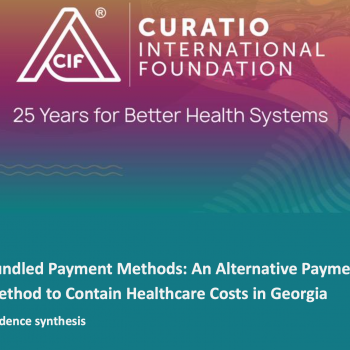
Bundled Payment Methods: An Alternative Payment Method to Contain Healthcare Costs in Georgia
Since there is a considerable growth in healthcare expenditure in Georgia, driven by both supply and demand, the health system would benefit by implementing alternative payment models that will reduce costs and improve the quality of care.
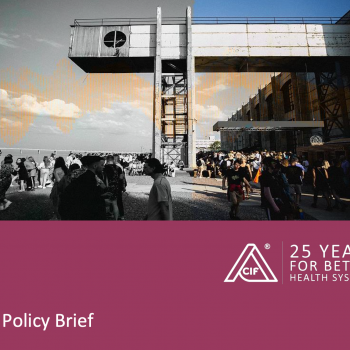
DRUG CHECKING: An Essential Response to Emerging Harm Reduction Needs
Nowadays, these services, including DCS, are totally absent or fragmented, in particular, they are provided by only one organization that lacks funding and sustainability, thus has limited capabilities to comprehensively introduce and operate service delivery.
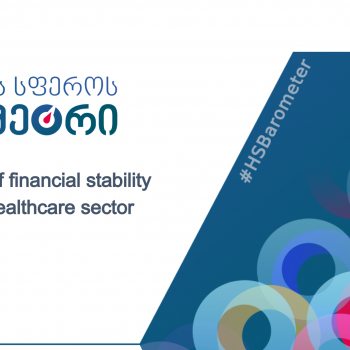
Georgian Healthcare Barometer XIV Wave The analysis of financial stability and risks in healthcare
Curatio International Foundation publishes the new 14th wave of the healthcare barometer which analyzes the financial situation and risks in Georgian healthcare sector.
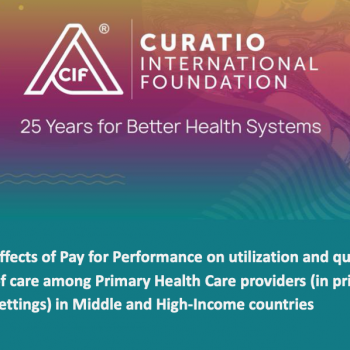
Effects of Pay for Performance on utilization and quality of care among Primary Health Care providers in Middle and High-Income countries
The evidence review summarizes the existing literature on P4P effectiveness on utilization and quality of primary health care in private settings in middle-income and high- income countries. The document and its findings are especially relevant to Georgia.
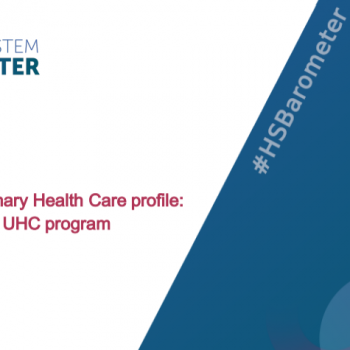
Georgia Primary Health Care Profile: 6 Year after UHC program introduction
The document emphasizes the role of Universal Health Care Program in increased access to health services, although it concludes that PHC needs prioritization and improved program management to address existing challenges in the system: fragmentation in service provision and inefficiency in service delivery.
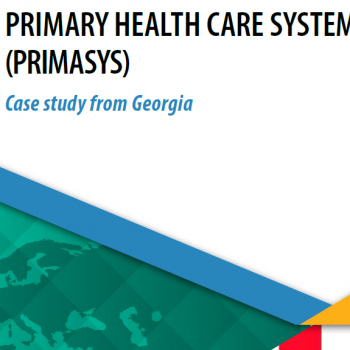
Primary Health Care Systems: Georgia case study
Curatio International Foundation publishes Georgia case study of primary health care system (PRIMASYS). The PRIMASYS case study covers key aspects of primary health care system, including policy development and implementation, financing, integration of primary health care into comprehensive health systems, scope, quality and coverage of care, governance and organization, and monitoring and evaluation of system performance.
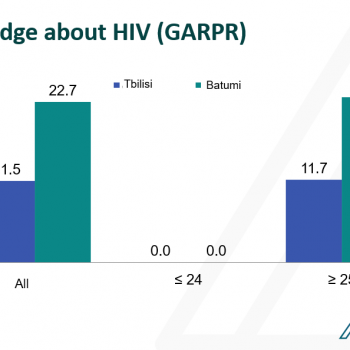
Integrated Bio-behavioral surveillance and population size estimation survey among Female Sex Workers in Tbilisi and Batumi, Georgia
This study represents the subsequent wave of BBS surveys undertaken among FSWs since 2002. The current study was conducted in 2017 using the Time-Location Sampling technique and 350 FSWs was recruited in total in two survey locations – 200 in Tbilisi and 150 – in Batumi.
Population Size Estimation of People who Inject Drugs in Georgia 2016-2017
This study estimated the size of People Who Inject Drugs using different estimation methods to provide the most plausible estimates. The study was carried out in conjunction with the Bio Behavioral Surveillance Survey among injecting drug users.
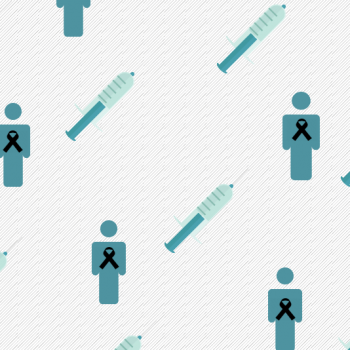
HIV risk and prevention behaviors among People Who Inject Drugs in seven cities of Georgia, 2017
Current study represents the latest 7th wave of Bio-Behavioral Surveillance Surveys among People Who Inject Drugs. Objective of the study was to measure prevalence of HIV and Hepatitis C among PWID, provide measurements of key risk behaviors and generate evidence for advocacy and policy-making.
